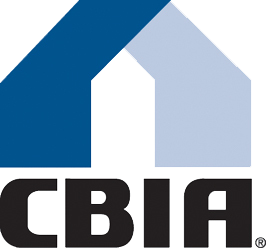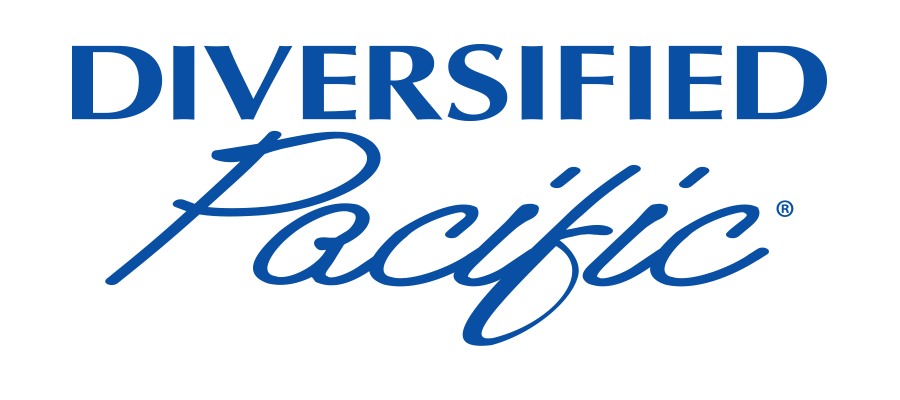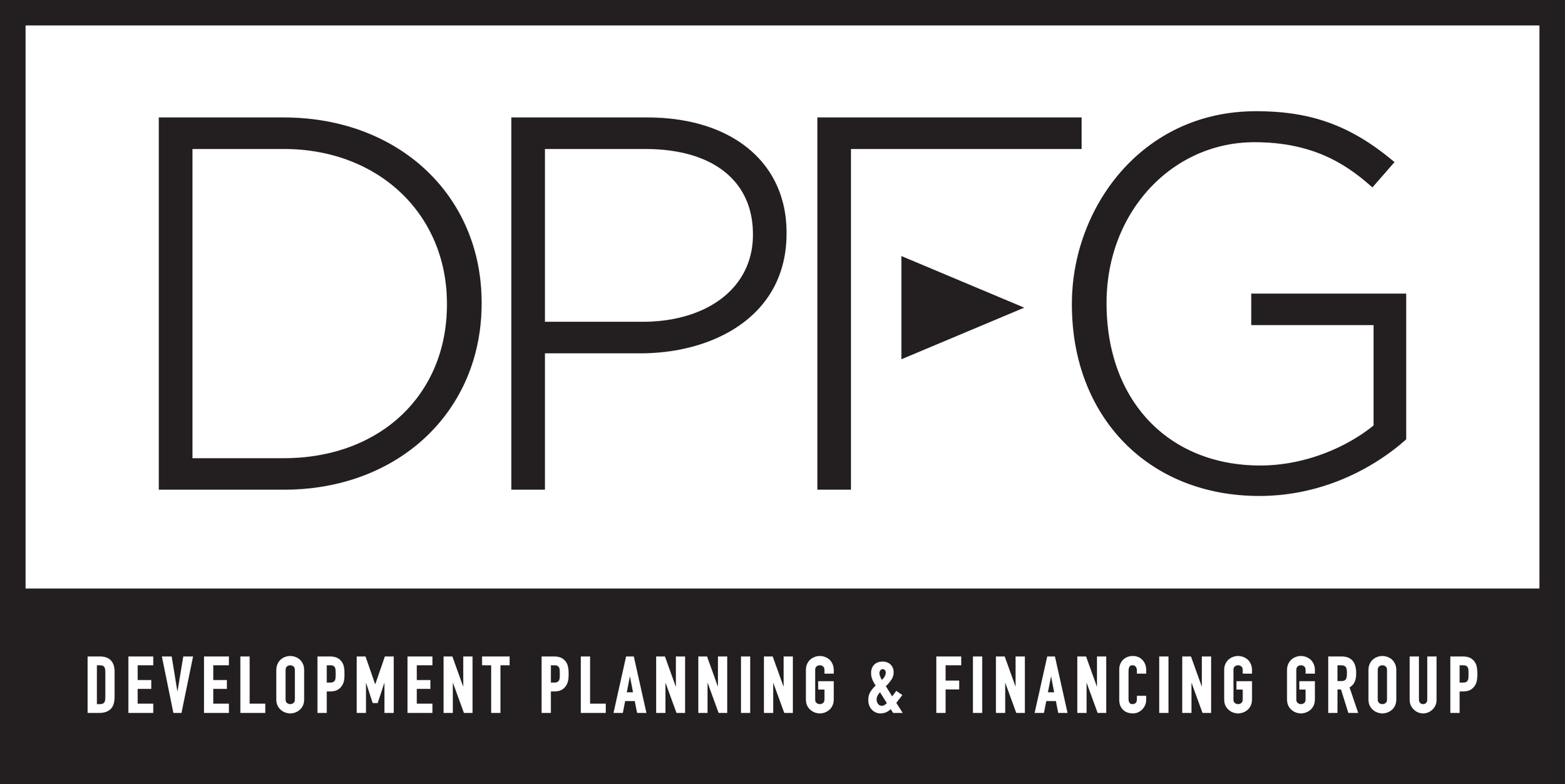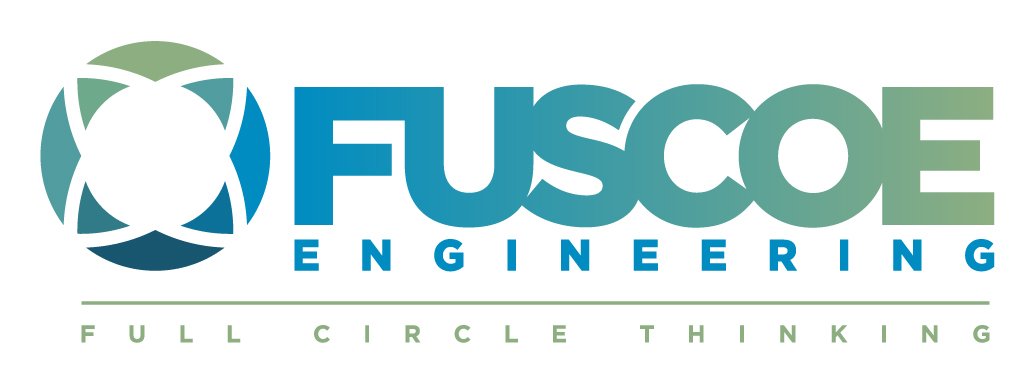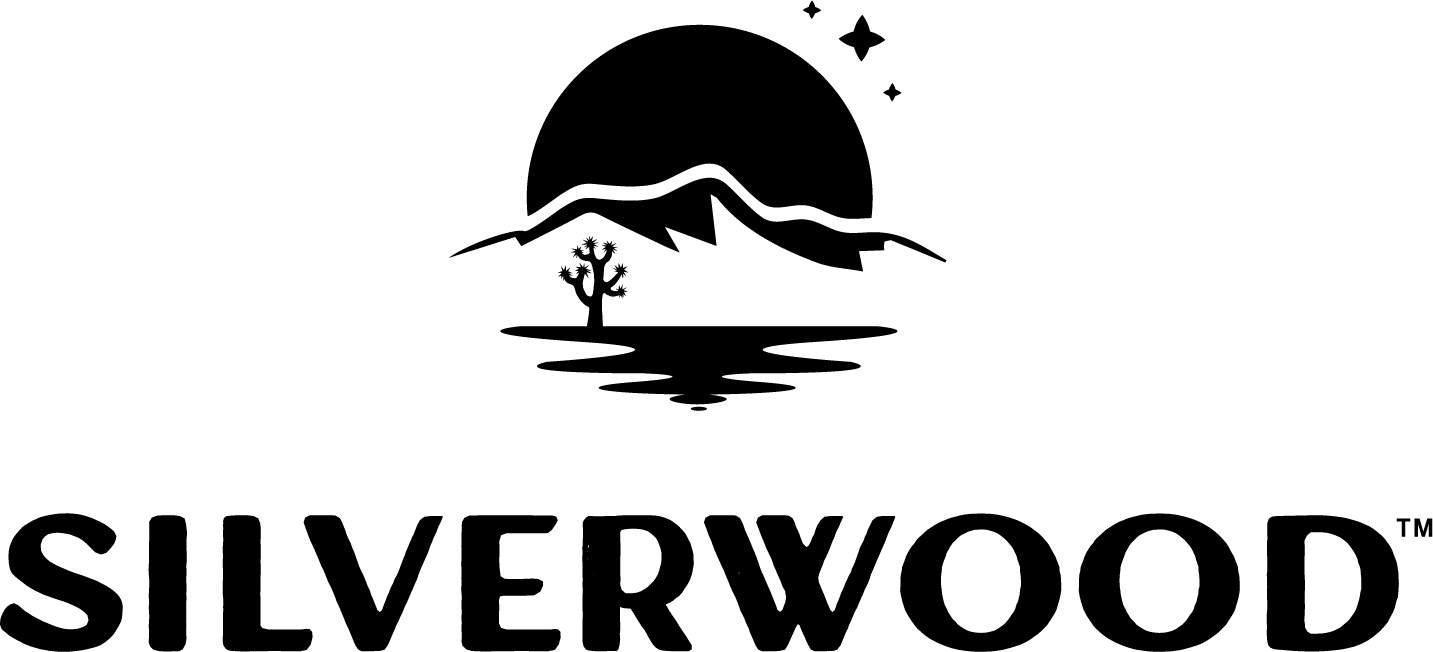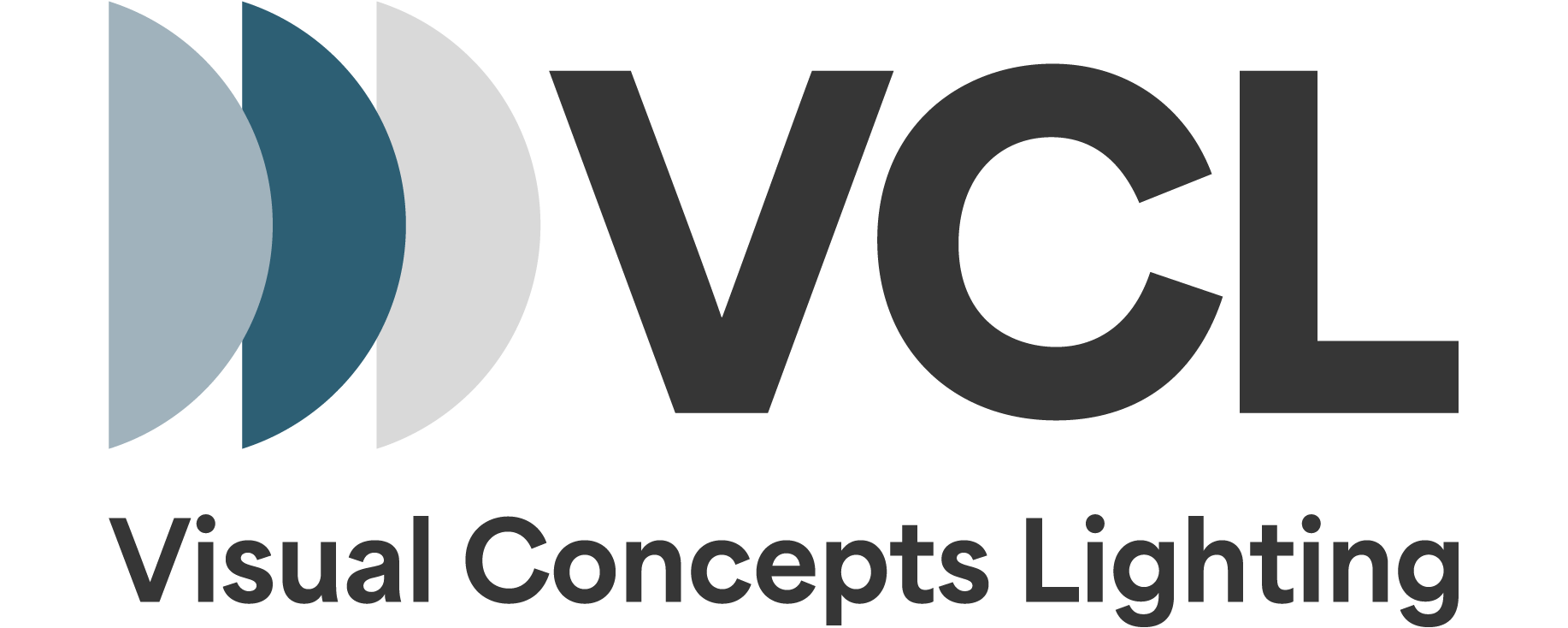by Phillip B. Burum, Executive Vice President, Diversified Pacific,
President, Building Industry Association (BIA) Baldy View Chapter
If you are like me, the thought of signing all of your loan documents at the close of escrow was a fairly brain stretching ordeal. The sheer volume of signatures and documents is almost enough to make someone reconsider just how important this piece of the American Dream is for them. Do not let the volume and the complexity overwhelm you. If you have found the right lender, they will be the resource you need to help get you through this process. However, one thing that I spent almost no time considering, and have only recently taken time to rectify, is reviewing my homeowner’s insurance policy.
Most homebuyers simply obtain the coverage that the bank requires and many barely consider this as a separate decision. The choice, to protect this greatest of all personal investments, warrants a bit more of an investigation than most of us provide. I’m not suggesting a one week FBI investigation, after all, I am no Flake, but I am suggesting that every person take an afternoon or two to consider a few options.
Homeowner’s policies are technically Property & Casualty (P&C) coverage. The first step homeowners will want to take is to sit down with their current insurer and discuss specific coverage options. The next step would be to compare that information with quotes from other insurance providers. To find additional candidate insurers, check with friends and business associates as well as the local Chamber of Commerce. The California Department of Insurance (CDI) offers a wealth of information regarding homeowner’s coverage at its www.insurance.ca.gov website. In addition, the CDI offers a consumer hotline staffed by insurance experts at 1-800-927-4357 and online.
Each individual must analyze their personal risk tolerance and financial abilities. Consider all possible impacts, from a pipe leak that might cause some water damage, to a kitchen fire, to a tree from your yard that falls on your neighbor’s home. Anything could happen and it is your job to protect yourself and your family from unnecessary hardships that may come as a result of a minor or catastrophic loss.
Consider a policy with higher deductibles. Deductibles are the amount of money paid toward a loss before the insurance company starts to pay a claim, according to the terms of the policy. Typically, a higher deductible equates to a less expensive premium. Make sure you consider bundling options for home, auto and life insurance policies with the same company. Often, significant discounts are available to those that bundle coverage.
Newer homes, which are built to modern building and energy codes, are generally less expensive to insure. If the home is older, however, an experienced insurance agent can advise on what steps can be taken to make the home more resistant to natural disasters or other damage. Premiums can often be reduced by reinforcing the roof or buying stronger roofing materials. Modernizing heating, plumbing and electrical systems to reduce the risk of fire and water damage will save on both insurance and energy costs. Consider adding smoke detectors, burglar alarms or deadbolt locks, each should result in a reduced premium.
For homebuyers purchasing an existing home, the C.L.U.E. (Comprehensive Loss Underwriting Exchange) Report of the home should be requested. These reports contain the insurance claim history of the property for the previous seven years and can help homeowners judge some of the problems the house may or will have. C.L.U.E. reports on claims for about 30 kinds of losses, from wind damage to dog bites. Visit www.LexisNexus.com and search for C.L.U.E. Home Seller's Disclosure Report. Homeowners can request a free C.L.U.E. report online and homebuyers should request one from the home seller.
Flood insurance and earthquake damage are not covered by a standard homeowners policy. The Federal Emergency Management Agency at www.fema.gov provides useful information on flood insurance as does the California Department of Insurance at www.insurance.ca.gov/01-consumers. A separate earthquake policy is available from most insurance companies and the California Earthquake Authority at www.earthquakeauthority.com on the web.
As with all insurance policies, homeowners should adhere to one rule: cut costs but don’t cut corners to make certain they have all the coverage you need.
The BIA Baldy View Chapter seeks to advance the opportunity to attain the American Dream of home ownership. For additional information on homebuying, home improvements or the benefits of homeownership, go to www.biabuild.com on the web.
.
*****



